Global high-mix volume high-speed PCBA manufacturer
9:00 -18:00, Mon. - Fri. (GMT+8)
9:00 -12:00, Sat. (GMT+8)
(Except Chinese public holidays)
Global high-mix volume high-speed PCBA manufacturer
9:00 -18:00, Mon. - Fri. (GMT+8)
9:00 -12:00, Sat. (GMT+8)
(Except Chinese public holidays)
HomePage > Blog > Knowledge Base > Burn-in Test in Electronics and PCBs – A Complete Guide
In today's technology-driven era, electronic devices must have a high degree of reliability. Especially in critical fields such as medical equipment, automotive safety systems, aerospace electronics, and high-speed data infrastructure, the failure of a single printed circuit board (PCB) can lead to serious consequences, from user dissatisfaction to system crashes, and even life-threatening situations.
To prevent this, manufacturers need to identify potential defects before product delivery. Burn-in testing is precisely the key method to achieve this goal. It conducts accelerated stress tests on products by simulating extreme conditions such as high temperature, high voltage and long-term operation. This way, problems can be identified during the "infant mortality" phase of the product lifecycle, and potential weak components can be eliminated.
This guide will systematically introduce the objectives of burn-in testing, its process, the differences between static and dynamic testing, and typical failure modes that can be detected, as well as how burn-in testing is applied at both the component and board levels. Whether you are a PCB design engineer, a quality control manager, or an EMS outsourcing manager, mastering burn-in testing can help improve product stability, reduce failure rates, and enhance customer trust.
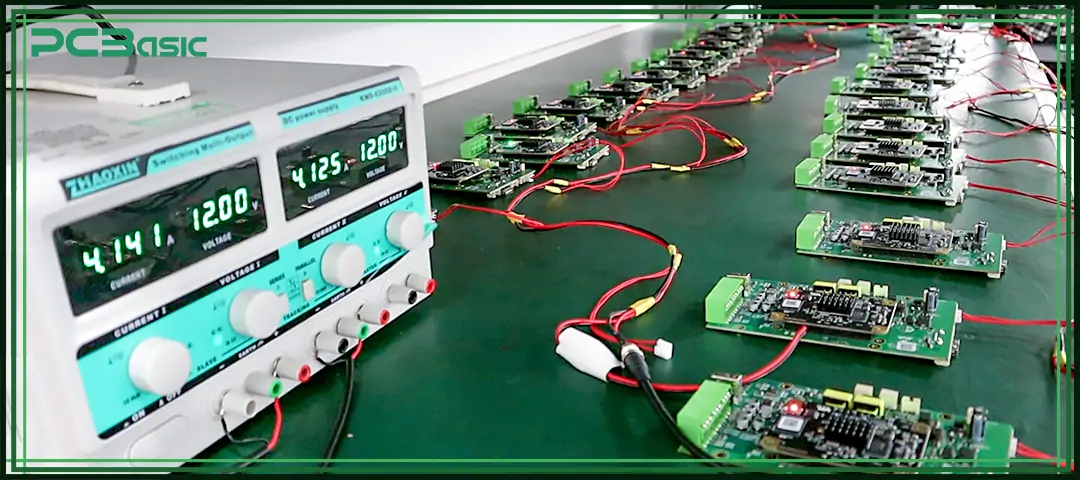
Burn-in testing is an accelerated reliability testing method. It is used to detect early faults and potential defects before electronic components or fully assembled printed circuit boards (PCBs) before they are officially put into use.
Burn-in testing involves allowing the product to operate continuously for a period of time under conditions of high temperature, high voltage or heavy load. This kind of stress test can reveal problems that are not easily detected in normal times, such as unstable components, poor solder joints or substandard parts.
Unlike functional testing, burn-in testing is not just about checking whether a product can work, but about verifying whether it can operate stably for a long time. It simulates the initial stage when a product is most prone to failure.
In industries with high reliability requirements (such as aerospace, medical, automotive, and defense), burn-in testing is a key quality control step. The testing duration is usually between 48 and 168 hours, depending on the product type and risk level. Through burn-in testing, manufacturers can remove defective products before they leave the factory, ensuring that the delivered products are reliable and verified.
In the electronics industry, burn-in testing is mainly divided into two types. Each testing method has different reliability objectives and is suitable for different types of electronic components.
Static burn-in testing involves applying constant voltage and temperature to the device without an input signal. This method is relatively low-cost and suitable for detecting thermal or electrical defects caused by a single stress factor, such as temperature or voltage.
During the test, the components are placed in a temperature-controlled test chamber, usually heated to 125°C, while a stable operating voltage is applied. This burn-in check can help determine whether the equipment will have problems when exposed to high temperatures or high voltage for a long time.
It is particularly suitable for simulating storage environments or for those devices expected to operate in high-temperature environments for a long time.
Dynamic burn-in testing will add signal input on the basis of high temperature and voltage. These input signals simulate the operation process of the product under real working conditions. During the testing period, the output will also be monitored in real time to identify any performance anomalies or functional degradation issues.
This method is particularly effective for PCBs with embedded firmware or microcontrollers, as it can test the working conditions of the entire circuit under various stress. It is more comprehensive than static testing.
Although the process of dynamic burn-in testing is more complex and costly, it can provide more complete reliability data and help identify deeper problems in advance.
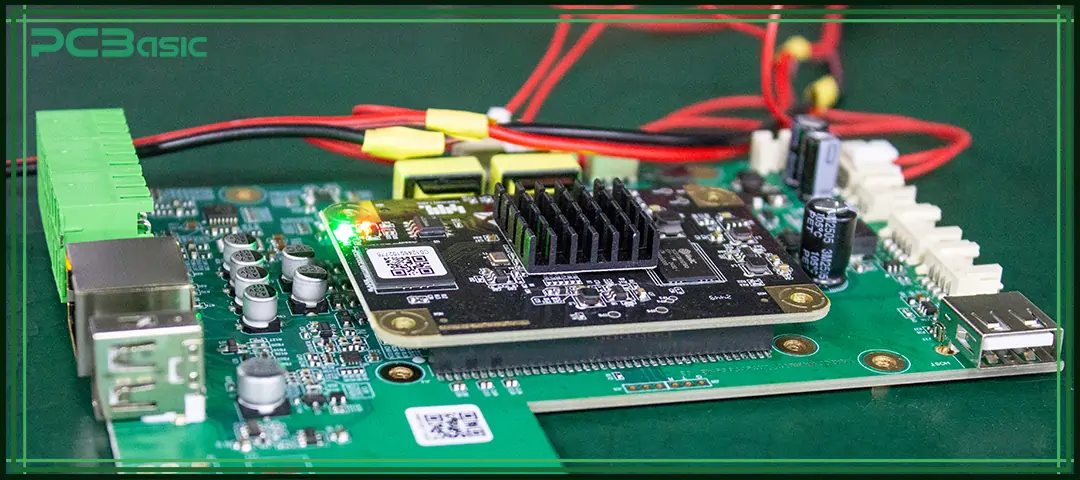
Burn-in testing is extremely crucial in the production process of electronic products. It not only helps manufacturers identify problems in advance but also effectively reduces risks, minimizes losses, and enhances the reliability of the final product. The following are several main benefits provided by burn-in testing:
1. Early Failure Detection
The Burn-in test can detect the so-called "infant mortality" problem. That is to say, when the product is first put into use, it may malfunction due to manufacturing defects, poor soldering or unstable component quality. Such early faults usually occur in the early stage of the product’s life cycle, corresponding to the first stage in the "bathtub curve". Through burn-in detection, manufacturers can identify these potential problems before the products leave the factory, preventing them from occurring in the hands of customers.
2. Improved Product Reliability
By conducting burn-in tests on products, circuit boards, or components that are prone to problems can be identified in advance. In this way, only truly stable and reliable products will be delivered to customers. This not only reduces after-sales maintenance but also enhances customers' satisfaction and trust in the brand.
3. Enhanced Quality Control
Burn-in testing not only identifies problems but also provides valuable data. By analyzing which components are prone to failure under high temperature, high voltage or signal load, the engineering team can optimize component selection, improve soldering or assembly processes, and thereby enhance the overall quality control level.
4. Cost Reduction
Although adding burn-in testing during the production process will bring some additional costs and time, in the long run, it can significantly reduce the number of returns, replacements and after-sales repairs. This means lower service costs, fewer customer complaints, and higher company profits.
5. Compliance and Certification
In high-reliability fields such as automotive, aerospace, and medical equipment, burn-in testing is often regarded as a mandatory quality control step. Many industry standards and certification systems (such as IPC, ISO, and MIL-STD) require or recommend the use of burn-in testing. Without this test, it is very difficult to obtain relevant certifications or meet industry standards.
Therefore, whether it is to enhance product quality, reduce costs, or meet industry requirements, burn-in testing is an indispensable and crucial step in the electronic manufacturing process.
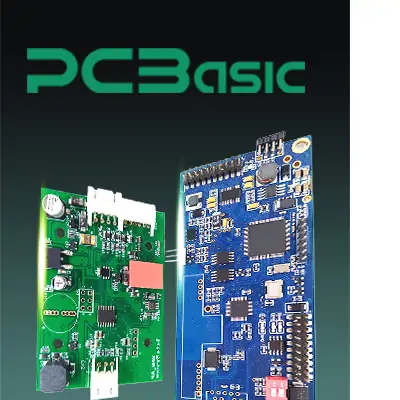 About PCBasic
About PCBasic
Time is money in your projects – and PCBasic gets it. PCBasic is a PCB assembly company that delivers fast, flawless results every time. Our comprehensive PCB assembly services include expert engineering support at every step, ensuring top quality in every board. As a leading PCB assembly manufacturer, we provide a one-stop solution that streamlines your supply chain. Partner with our advanced PCB prototype factory for quick turnarounds and superior results you can trust.
An effective burn-in test subjects the product to extreme conditions such as high temperature, high voltage, and prolonged operation. The goal is to simulate “accelerated aging” before the product leaves the factory, in order to identify potential failure points in advance and prevent these issues from occurring during customer use. The test can reveal several common types of problems:
• Component failure: Some electronic components may be inherently unstable due to poor materials, substandard manufacturing processes, or insufficient design margins. Under high temperature and high voltage, these components are more likely to fail. Burn-in testing helps identify these problematic parts ahead of time.
• Cracked or defective solder joints: Prolonged high-temperature operation or frequent power cycling can cause solder joints to expand and contract. Over time, this may lead to cracks, cold solder, or dry joints, which can result in poor contact or even short circuits.
• Oxidation or aging of interconnects: Metal connections or pins on the PCB can oxidize under high temperature or humidity, increasing contact resistance or leading to open circuits. Burn-in checks can uncover such issues caused by environmental degradation.
• Firmware errors: Devices with embedded software may behave abnormally when the power supply is unstable, such as freezing, rebooting, or generating system errors. Burn-in testing can simulate voltage fluctuations and detect these software- or firmware-related issues in advance.
• Power cycling failures: Some components may fail to start properly after repeated power-on/off cycles. Burn-in testing puts the product through multiple power cycles to verify whether it can continue to operate stably.
• Connector contact issues: Connectors, sockets, and terminals may suffer from poor assembly or corrosion, causing intermittent or poor contact. These problems often appear only after extended use, but burn-in testing can detect them before the product is shipped.
These problems are often not detected during standard functional testing, because regular tests are typically short in duration and conducted under light load. In contrast, burn-in testing is a high-stress, long-duration “extreme test” that pushes the product to its limits, exposing hidden defects. This approach significantly reduces after-sales risk and improves overall product quality.
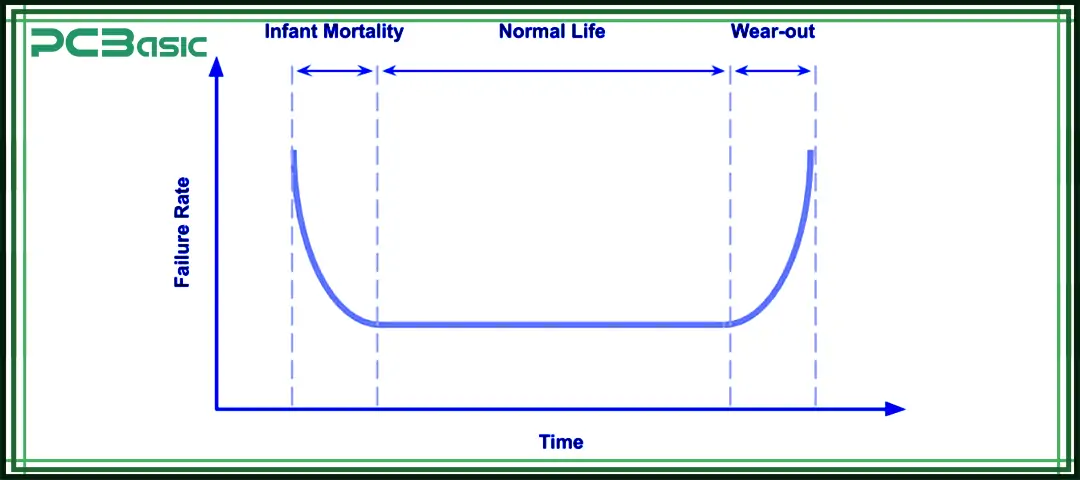
A complete burn-in test usually includes the following steps:
Preparation: The device under test (DUT) is placed in a controlled environment, such as a temperature chamber or test fixture.
Stress Application: The product is subjected to specified levels of voltage, current, and temperature. In some tests, input signals are also added to simulate real-world operating conditions.
Test Duration: The product operates under these stress conditions continuously for 48 to 168 hours. The exact duration can be adjusted depending on the product type.
Performance Monitoring: During testing, the device’s performance is continuously monitored, including power consumption, signal integrity, and operational stability.
Failure Analysis: If any product fails during the test, a detailed analysis is conducted to identify the root cause.
Burn-in testing is not just about seeing whether the product can “survive.” It also provides key metrics to assess reliability:
DPPM (Defective Parts Per Million): Indicates the rate of early failures among a large number of products.
FIT (Failures In Time): Predicts how many failures are expected per billion hours of operation.
MTTF (Mean Time To Failure): Refers to the average amount of time a device can operate before its first failure.
These metrics are valuable for evaluating product lifespan, planning warranty policies, and selecting components.
In certain specialized applications, such as power devices or semiconductors, more advanced burn-in testing methods are used, including:
HTOL (High Temperature Operating Life): Evaluates a device’s durability by operating it continuously at high temperatures.
HTGB (High Temperature Gate Bias): Mainly used for semiconductors like MOSFETs to test their reliability under high temperature and gate bias conditions.
HTRB (High Temperature Reverse Bias): Assesses device stability under reverse voltage and high temperature.
IOL (Intermittent Operating Life): Verifies whether a device can withstand repeated power on/off cycles.
ESS (Environmental Stress Screening): Simulates external environmental stresses like vibration and temperature changes to filter out potentially defective units.
These techniques help manufacturers more accurately evaluate how products perform under extreme conditions, ensuring they meet high-reliability standards.
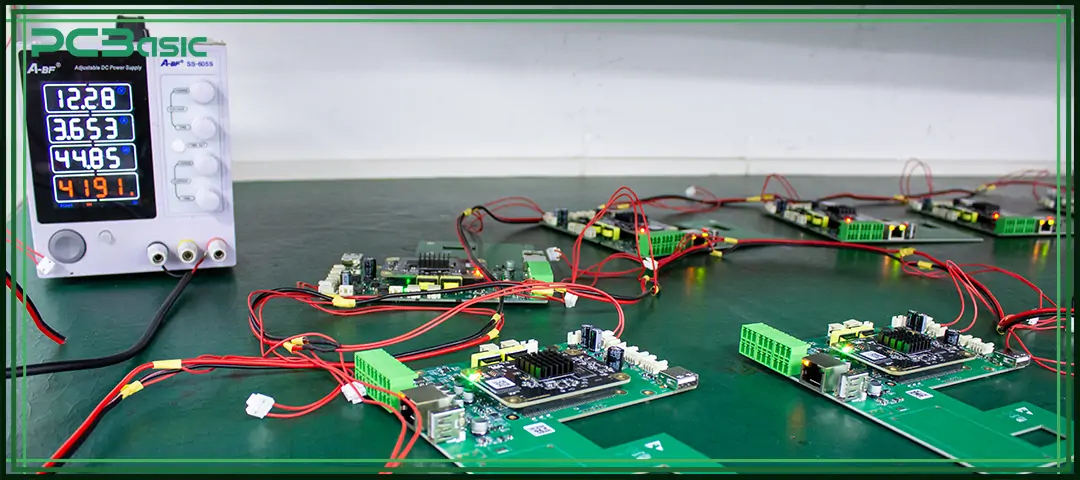
In the manufacturing of electronic products, burn-in testing can be carried out at different stages and is mainly divided into two levels: component-level testing and circuit board-level testing. The two have different testing objectives and implementation methods, but both are crucial for ensuring product reliability.
Component-level burn-in testing is performed on electronic components (such as ICs, power devices, memory chips, etc.) before they are soldered onto the PCB. By running these components under extreme conditions such as high temperature and high voltage, early defects can be effectively screened out.
This type of testing is typically done by chip manufacturers or suppliers before shipment and has become a standard quality control procedure in the semiconductor industry.
Its advantages lie in a standardized process and lower cost. If a problem is found, it's easier to replace individual components, preventing defective parts from entering the assembly stage and reducing later repair costs.
Board-level burn-in testing is conducted after the PCB has been fully assembled. At this point, all components are already soldered onto the board, and the product is close to its final working state. This allows for a more realistic simulation of how it will perform in actual use. The test usually involves running the entire board under powered conditions, applying temperature, voltage, and input signals to stress the device.
This helps identify assembly-related issues such as cold solder joints, dry solder, and connector contact failures, and it evaluates the board’s overall operational stability.
Compared to component-level testing, the board-level burn-in is more complex, involving the interaction of multiple components. This requires more precise test parameters, longer test durations, and higher costs. However, it is capable of uncovering integration-level latent defects, making it an essential step in final product validation.
Burn-in testing is a key step in the reliability engineering of electronic products. It can not only eliminate early faults but also verify the stability of the product under pressure, provide valuable data, help improve design, reduce after-sales costs, and enhance user trust.
As electronic products become increasingly complex, especially in critical fields such as autonomous driving, aerospace, and industrial control, manufacturers can no longer ignore comprehensive burn-in testing. Incorporating burn-in testing into the quality process is not only an industry norm but also a competitive advantage.
Whether you’re designing high-performance PCBs, sourcing reliable ICs, or ensuring medical devices meet global standards, one thing is clear:
Burn-in testing isn’t optional—it’s essential.
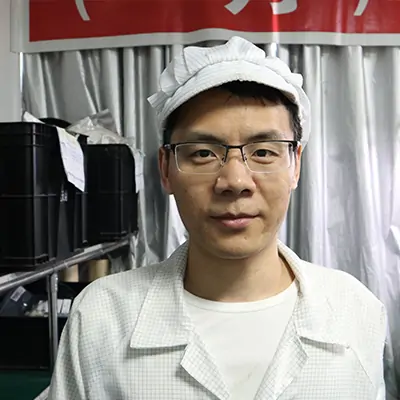
Assembly Enquiry
Instant Quote
Phone contact

+86-755-27218592
In addition, we've prepared a Help Center. We recommend checking it before reaching out, as your question and its answer may already be clearly explained there.
Wechat Support

In addition, we've prepared a Help Center. We recommend checking it before reaching out, as your question and its answer may already be clearly explained there.
WhatsApp Support

In addition, we've prepared a Help Center. We recommend checking it before reaching out, as your question and its answer may already be clearly explained there.
